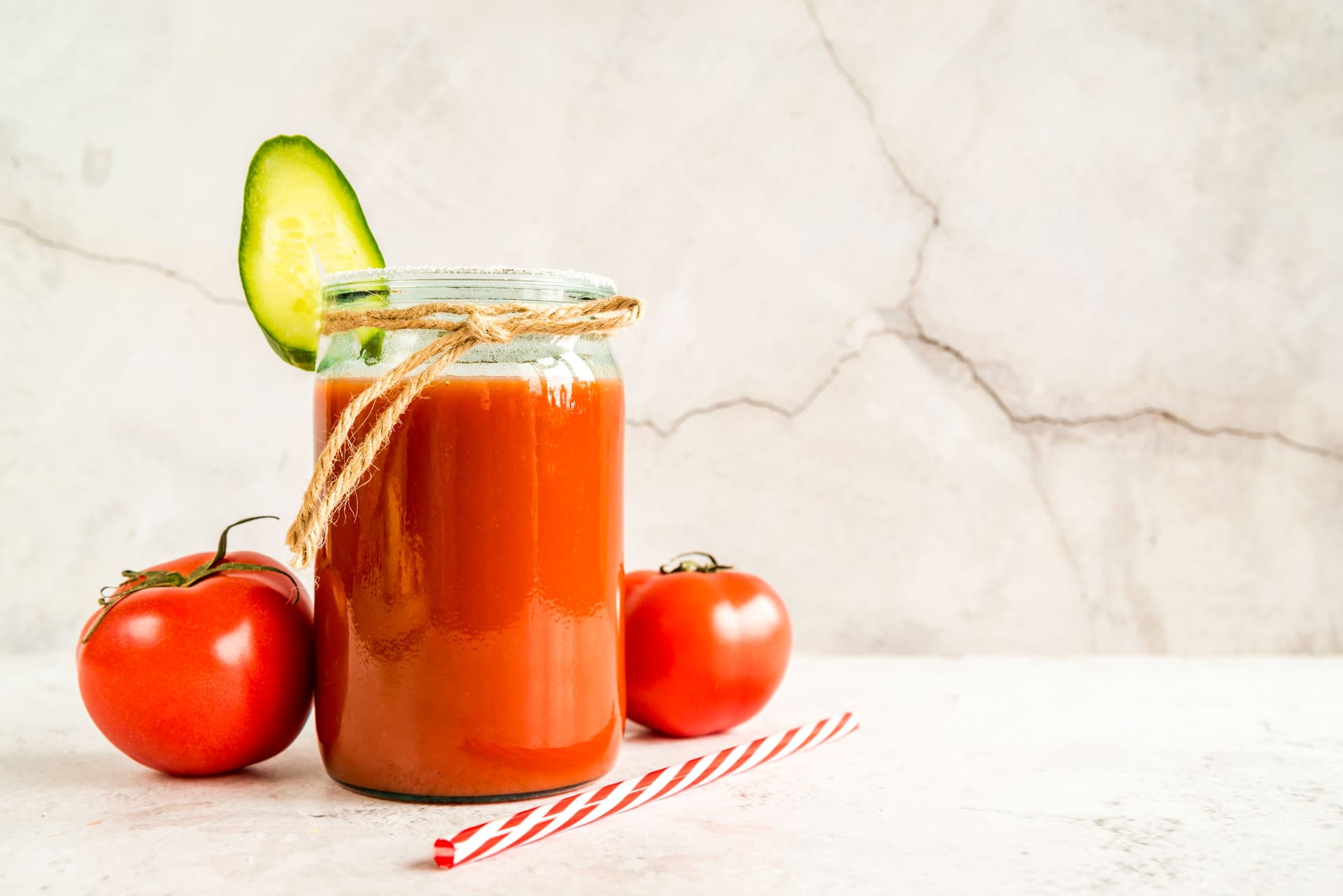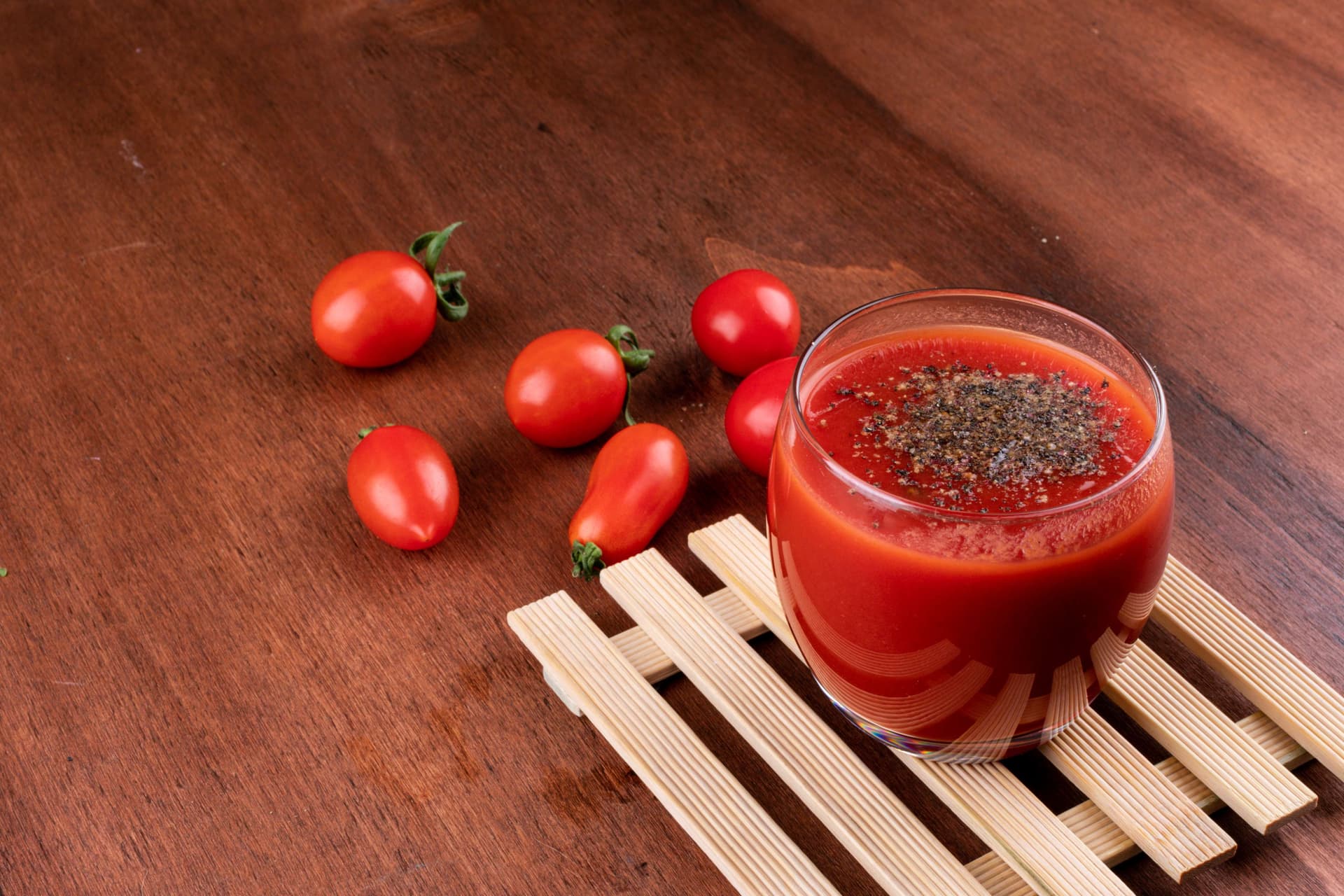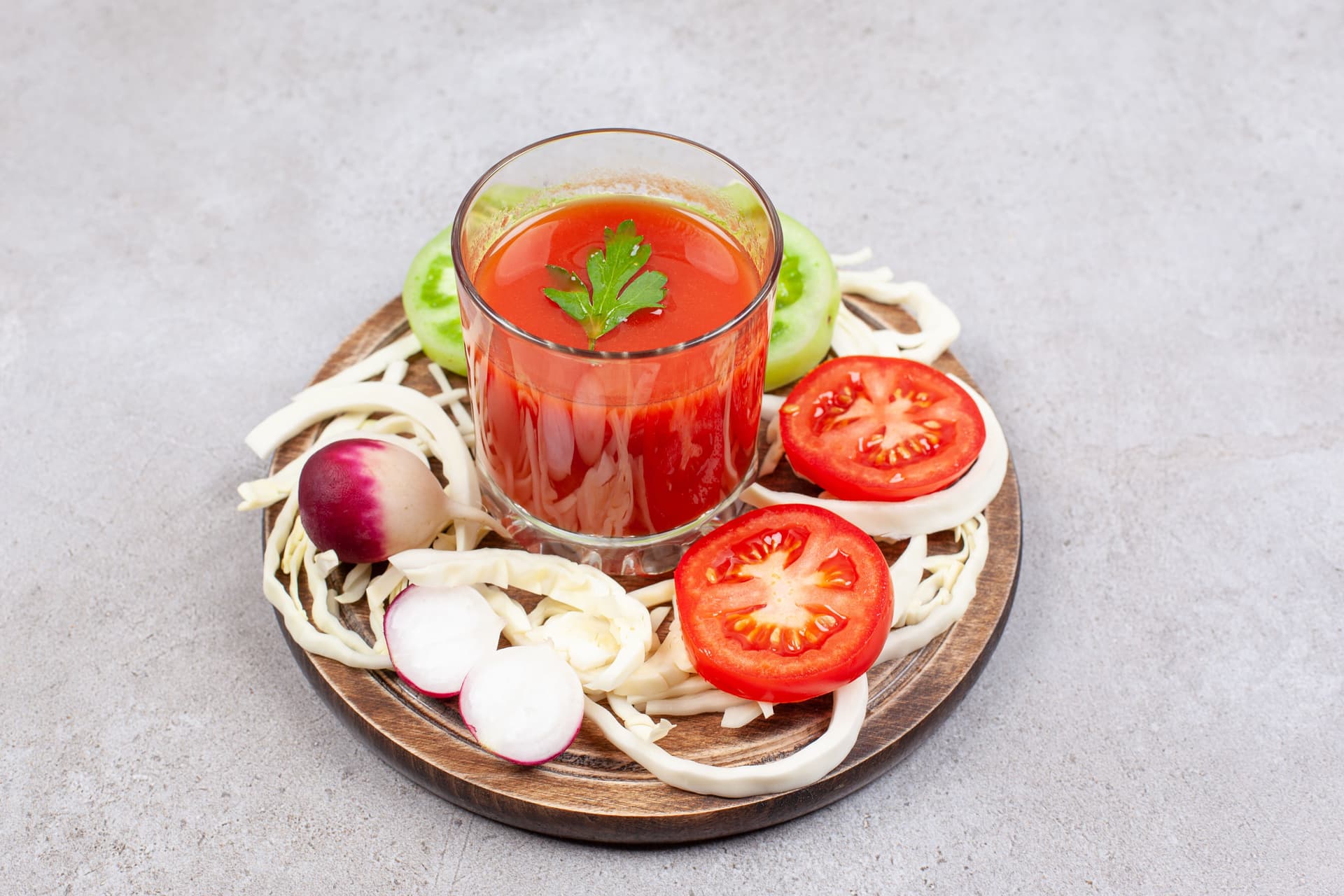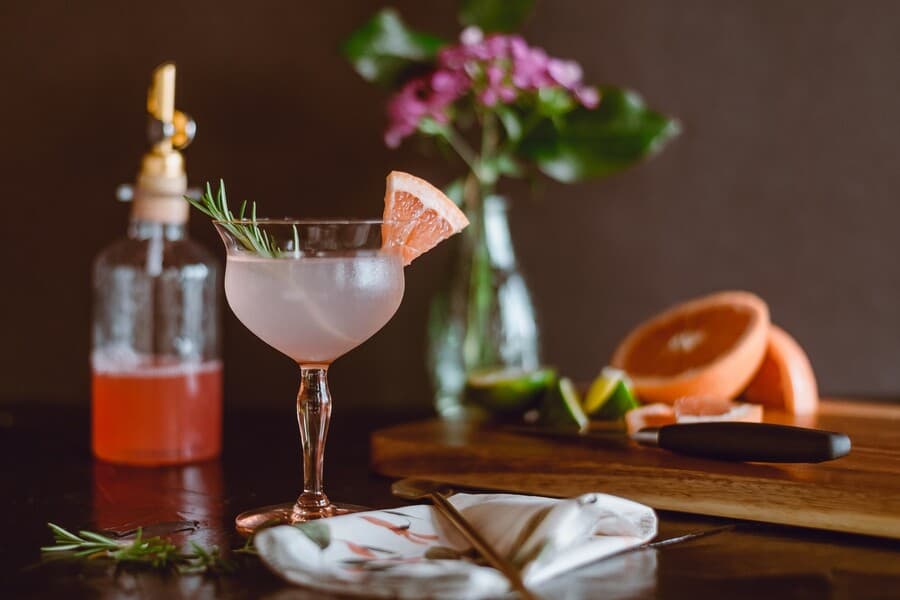Beyond The Bloody Mary Cocktail; Tomato Twists To Your Sips
The Bloody Mary cocktail emerged in the early 20th century, often credited to bartenders in Paris and New York experimenting with tomato juice as a base. Its adaptability quickly made it a staple in brunch culture, valued for how easily it could be customised with spices, salts, or savoury infusions. Over time, it evolved from a simple tomato drink to a mixology icon, inspiring countless regional and creative variations.
Today, its resurgence is linked to the growing demand for ingredient-driven, savoury cocktails that blur the line between food and drink. Modern versions often incorporate local herbs, global spices, and even infused ice for texture and depth. While the Bloody Mary remains the most recognised tomato-based cocktail, its influence extends to other drinks, each offering a new interpretation of the same concept in contemporary cocktail culture.
What makes tomato-based cocktails beyond the Bloody Mary worth exploring?
Tomato-based cocktails have matured far beyond the traditional Bloody Mary cocktail, introducing lighter, more balanced, and globally inspired variations. Modern mixologists experiment with texture, spice levels, and complementary ingredients to transform tomato juice into something unexpectedly refined. The versatility of tomatoes allows them to blend with savoury, citrus, or even smoky profiles, making them adaptable across seasons and occasions. For instance, the Bloody Maria cocktail replaces vodka with tequila as the base spirit to create a new experience.
What is the Red Snapper cocktail, and how does it differ from the Bloody Mary?
The Red Snapper cocktail is often described as the refined sibling of the Bloody Mary cocktail. Originating in London during the 1930s, it follows the same tomato base but introduces a botanical twist with gin. The drink is characterised by its cleaner profile, achieved through the use of lighter spirits, which let the tomato juice shine naturally. Unlike the heavily seasoned Bloody Mary, the Red Snapper prioritises clarity and subtlety, making it more approachable for those who prefer softer spice levels and a crisp finish. Its garnish approach is also more minimalist — often limited to citrus or herbs that enhance aroma without crowding the glass.

What are some creative tomato-based cocktails emerging in modern mixology?
Contemporary bartenders have introduced a range of innovative tomato-based cocktails that showcase the ingredient’s adaptability in unexpected ways. The Tomatini cocktail, for instance, brings together the clean structure of a martini cocktail with the natural sweetness of fresh tomato juice, creating a lighter, aperitif-style serve. The Bloody Caesar cocktail, popular in Canada, adds savoury complexity through clam-infused tomato juice, producing a coastal, umami-forward profile. Other global versions experiment with green tomato purées, clarified tomato water, or roasted tomato bases for a smoky or translucent appearance.
Also Read: Beyond The Bloody Mary, Here Are Some Savoury Cocktails That Are Sheer Sophistication
How does clarified tomato water elevate modern cocktail presentation?
Clarified tomato water has become a hallmark of high-end mixology, offering clarity and elegance while preserving natural flavour. Through a slow straining process, tomato juice is filtered until only a clear, fragrant liquid remains, removing colour and pulp while keeping its umami character. This refined base allows bartenders to create crystal-clear cocktails that surprise guests with unexpected savoury notes. Clarified tomato water can be infused with herbs, citrus zest, or subtle spices, providing layers of aroma without clouding the presentation.

Are roasted tomato cocktails becoming a trend in mixology?
Yes, roasted tomato cocktails are gaining traction for their depth and smoky undertones. Roasting caramelises the tomato’s natural sugars, creating a mellow sweetness that contrasts beautifully with savoury or herbal flavours. This method introduces complexity without the need for excessive spice or seasoning. Bartenders often roast cherry or plum tomatoes with herbs before blending them into a smooth base, then combine that with light-bodied spirits for balance. The resulting drink has a silky texture and aromatic profile ideal for evening menus or chilled months.
What makes the tomato a sustainable ingredient in cocktail innovation?
Tomatoes offer both environmental and creative benefits in modern mixology. Their wide availability, low waste ratio, and ability to be repurposed across culinary and beverage applications make them an ideal sustainable choice. Bartenders often use leftover tomato trimmings, peels, or pulps from kitchens to craft syrups, purees, or dehydrated garnishes, reducing ingredient waste. The versatility of tomatoes allows them to blend seamlessly with seasonal produce, aligning with farm-to-glass movements that prioritise local sourcing.

Key Takeaways on Lesser-Known Tomato-Based Cocktails
- Tomato juice adapts to various spirits and flavour profiles, from light aperitifs to smoky, spiced cocktails.
- Regional recipes like the Bloody Caesar and Red Snapper show cultural reinterpretations of tomato cocktails.
- Techniques like clarified tomato water or roasted tomatoes expand cocktail creativity.
FAQs Over Tomato Cocktails
Q1. How can tomato cocktails be customised for flavour balance?
Adjust acidity, seasoning, or spirit choice to harmonise with tomato juice. Techniques include infusions, rim salts, and fresh herbs. Small changes in preparation, such as roasting, blending, or chilling, impact texture and aroma, allowing personalised, balanced drinks suitable for different occasions.
Q2. What garnishes work best for tomato-based cocktails?
Crisp celery sticks, pickled vegetables, citrus twists, or herb sprigs like rosemary and thyme enhance both aroma and presentation. Garnishes should complement the drink without masking flavour, while adding visual contrast. Minimalist placement ensures elegance and highlights the cocktail’s key ingredients and overall design.
Q3. Can tomato cocktails be paired with food?
Yes. Savoury tomato cocktails pair well with brunch items, seafood, grilled vegetables, or light cheeses. The drink’s umami and acidity balance rich, fried, or salty foods. Experimenting with spice or herb intensity can further adjust the cocktail with the chosen dish for a complete culinary taste.
*Drink Responsibly. This communication is for audiences above the age of 25.



